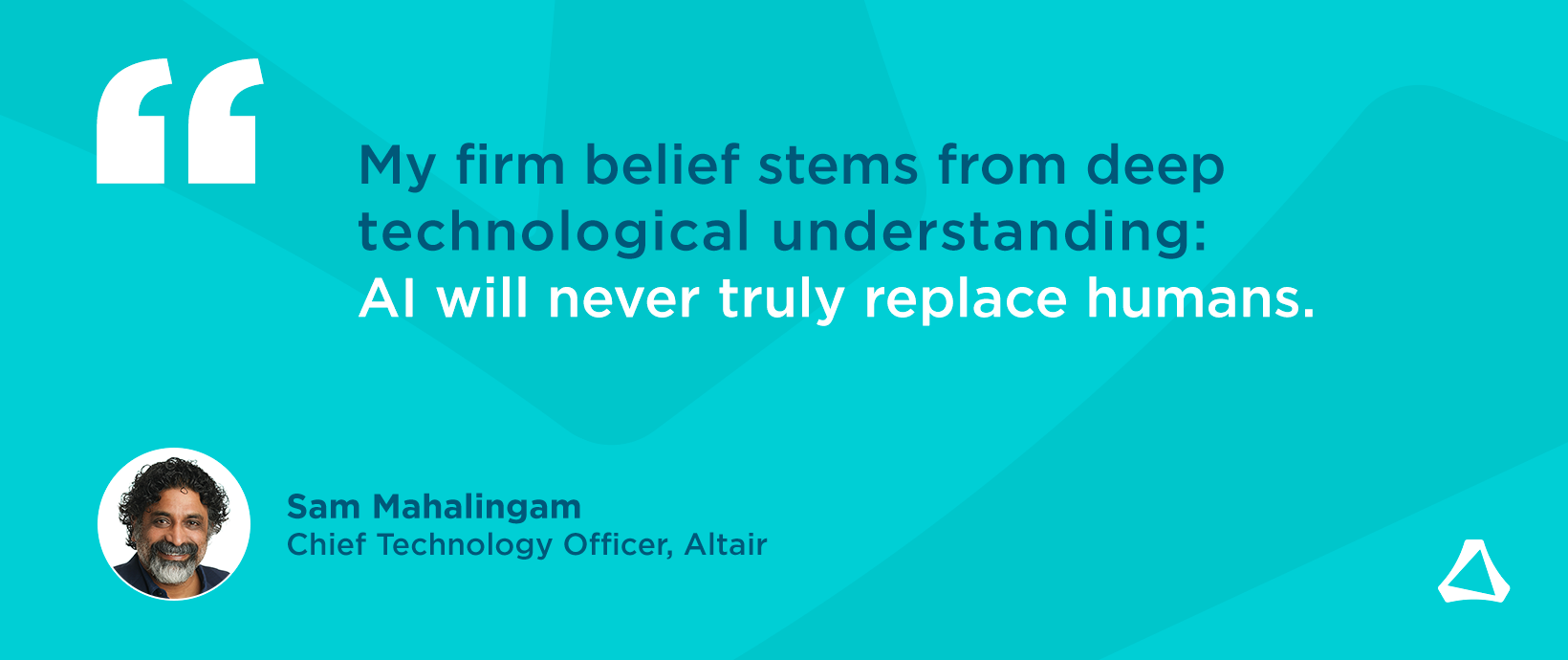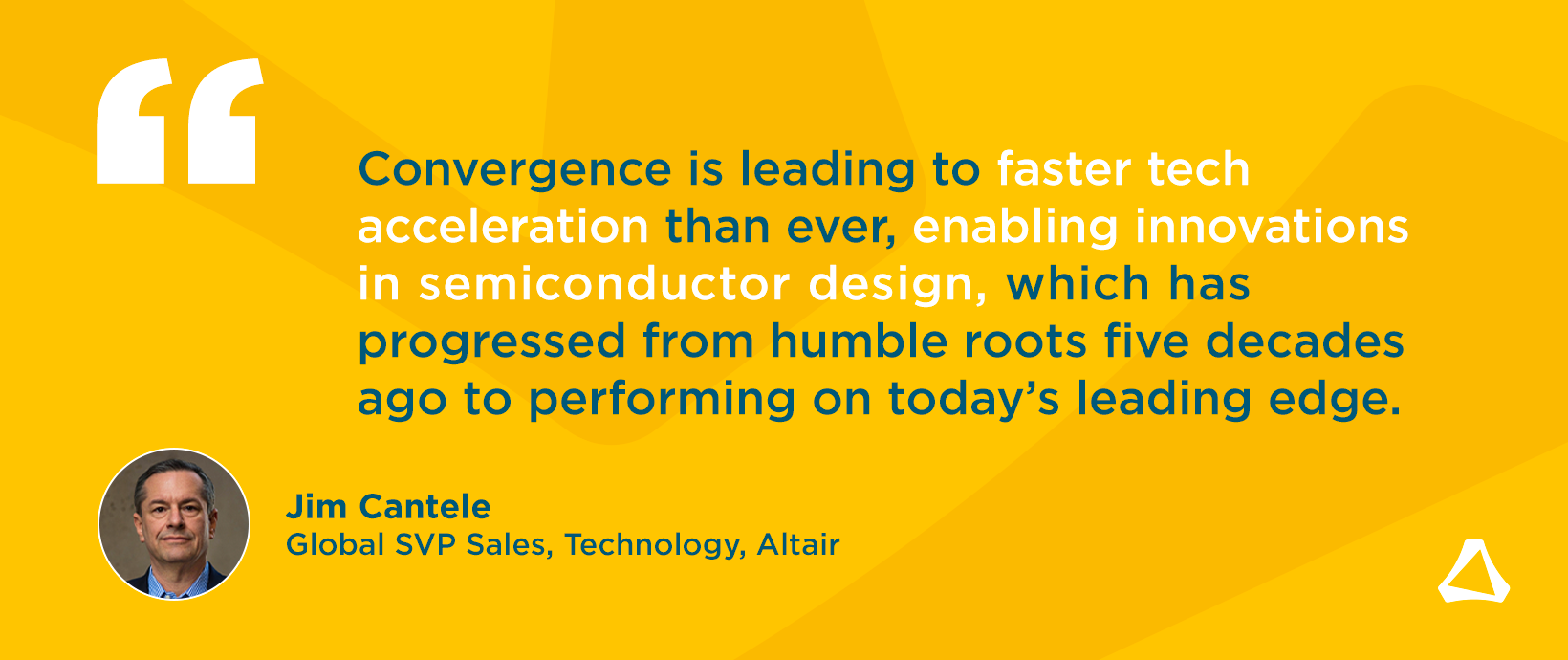Empowering Everyone with Augmented Analytics

As I highlighted in my previous blog post, augmented analytics is one of the current tech trends I’m particularly enthusiastic about. And I’m far from alone. Since the term was coined by Gartner back in 2017, augmented analytics has gained considerable traction in the world of data analytics and beyond.
Sometimes, tech buzzwords are more hype than substance. In this case, the excitement is well founded. By leveraging artificial intelligence (AI) and machine learning (ML), augmented analytics will transform how data analytics is developed, consumed, and shared.
There are compelling reasons why data analytics represents fertile ground for a truly disruptive technology. Over the past few years, we’ve all woken up to the value of big data. However, the sheer volume of information available to organizations is making effective interpretation a real challenge. What’s more, the problem is only getting worse. For example, by 2025 it is predicted that there will be five billion cellular IoT connections worldwide compared to 1.3 billion in 2019 (source). That’s another vast new data stream to be managed.
To date, the job of organizing, sifting, and drawing insight from this information has largely fallen on the shoulders of data engineers and data scientists. This is a highly skilled role, most notably in the requirement to develop algorithms that can make sense of all the potentially relevant data.
Not surprisingly, data scientists are in short supply. Which means they are overworked. In a world spinning ever faster, insights derived from data typically have a short shelf life. If they do not reach decision makers in good time, their value soon fades.
Augmented analytics promises to ease this bottleneck. AI and ML are ideally suited to automating and accelerating the more laborious elements of a data scientist’s work: gathering, preparing, cleansing, and finding hidden patterns and correlations in data. Which will give those scientists the freedom to focus on generating and delivering insights quickly enough to support decision making elsewhere in their organizations.
Valuable as it is, however, I still think this represents low-hanging fruit. Where things get really exciting is the ability of augmented analytics to empower a completely new generation of citizen data scientists.
Citizen data scientists are not specialists. Their ‘real’ jobs are on the frontline: business line managers, operations managers, and domain experts, for example. Augmented analytics will give them the tools they need to derive insight from data without having to call on the services of ‘proper’ data scientists.
By making sophisticated data analysis directly accessible to a much wider audience, augmented analytics will do more than cut the expense of, and workload imposed on, specialist data scientists. It will put data analytics within easy reach of the very people who know precisely what insights are needed, and when.
At Altair, our interest is much more than theoretical. In developing our Altair Knowledge Works™ data analytics platform, we are continually asking the ‘where next’ question. With the arrival of automated analytics, that might be better phrased as ‘who next.’ Quite simply, we are absolutely committed to enabling more people to get creative with their data.
In my next blog post, I’ll consider what augmented analytics will look like in practice. In particular, how another tech trend – continuous intelligence – will help key decision makers to get it right, more often.




